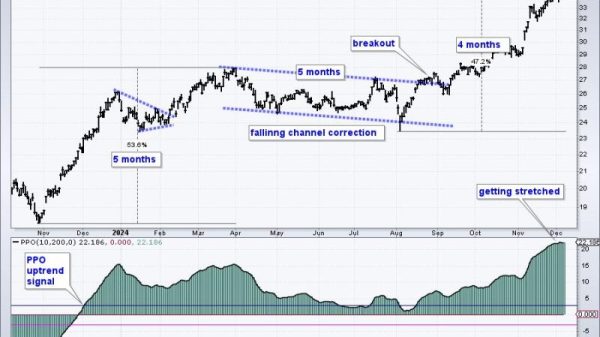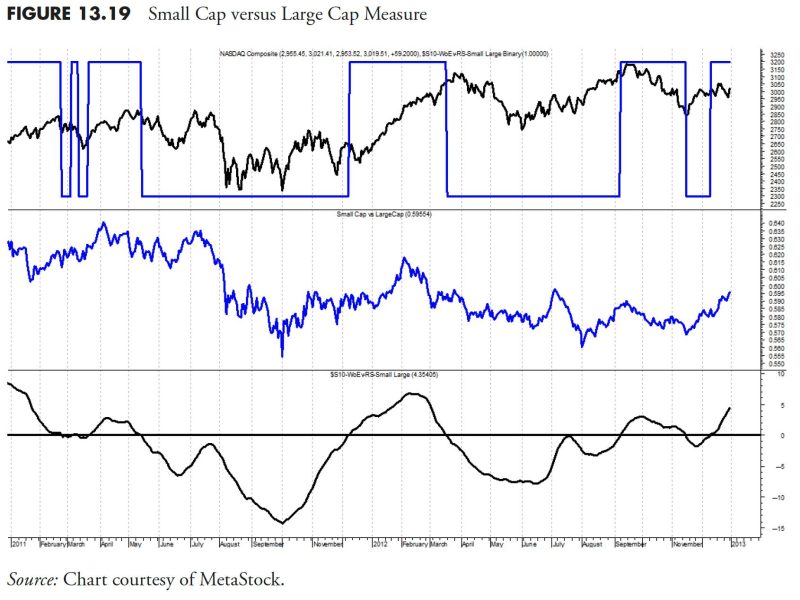Relative Strength and Other Measures in Rules-Based Money Management
Relative strength analysis is a key component of rules-based money management strategies. It involves comparing the performance of a particular investment or asset to a benchmark or another investment, providing valuable insights into its strength or weakness relative to the broader market. When combined with other measures, relative strength analysis can help investors make more informed decisions and enhance their overall investment strategies.
One important aspect of relative strength analysis is understanding how it can be used to identify outperforming investments. By comparing the performance of different assets over a specific time frame, investors can pinpoint those that have exhibited strong performance relative to their peers. This can help investors identify potential opportunities for further growth and capitalize on market trends.
In addition to relative strength, other measures can also play a crucial role in rules-based money management. For instance, fundamental analysis involves evaluating the financial health and performance of a company or investment based on its underlying fundamentals, such as earnings, revenue, and cash flow. By combining fundamental analysis with relative strength analysis, investors can gain a comprehensive understanding of the investment landscape and make more informed decisions.
Technical analysis is another important tool that can complement relative strength analysis in rules-based money management. By analyzing historical price movements and volume patterns, technical analysts can identify potential trends and patterns that may impact future price movements. This can help investors determine entry and exit points for their investments and optimize their risk-return profiles.
Risk management is also a critical component of rules-based money management strategies. By implementing risk management techniques, such as setting stop-loss orders or diversifying their portfolios, investors can mitigate potential losses and protect their capital in volatile market conditions. Additionally, incorporating risk assessments into their investment decisions can help investors optimize their risk-adjusted returns and achieve their long-term financial goals.
Overall, rules-based money management strategies that incorporate relative strength analysis and other measures can provide investors with a systematic approach to managing their investments and achieving their financial objectives. By combining different analytical tools and risk management techniques, investors can create a well-rounded investment strategy that is tailored to their individual goals and risk tolerance. By staying disciplined and following their predetermined rules, investors can navigate the complexities of the financial markets with confidence and achieve long-term success.


























